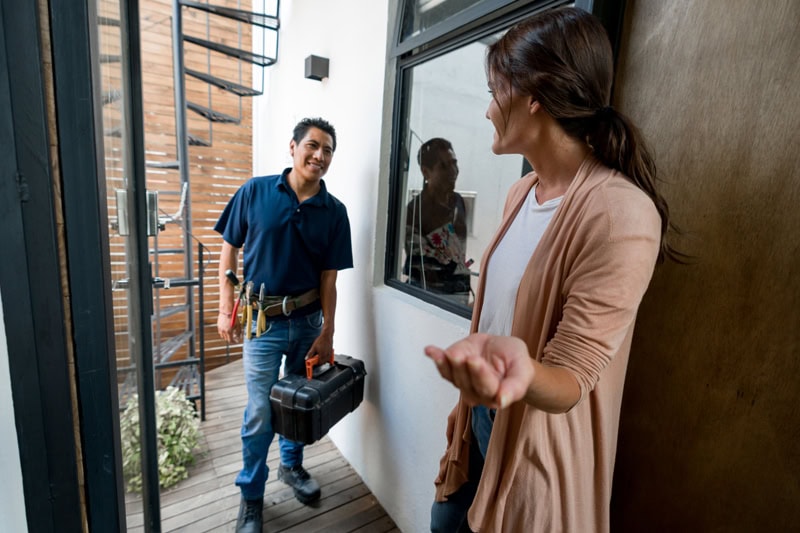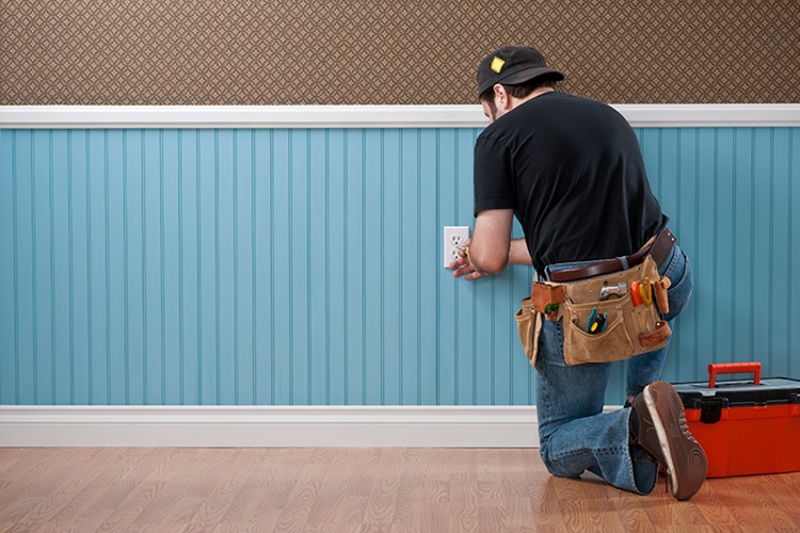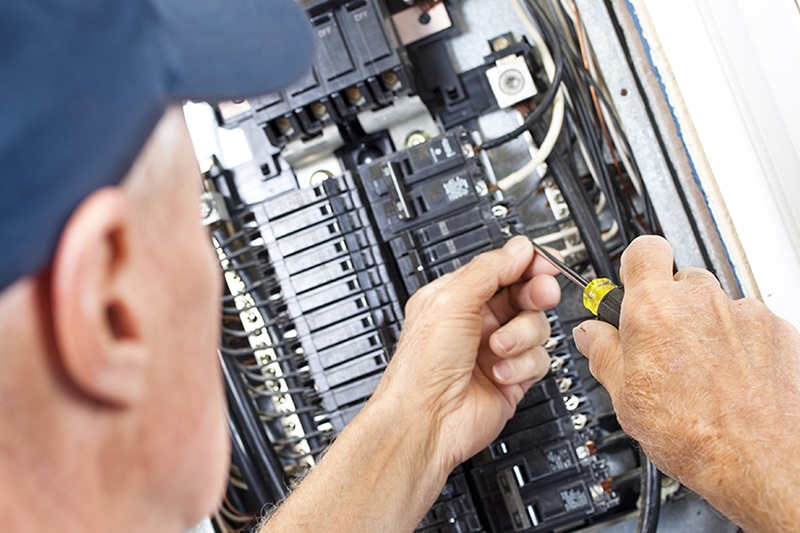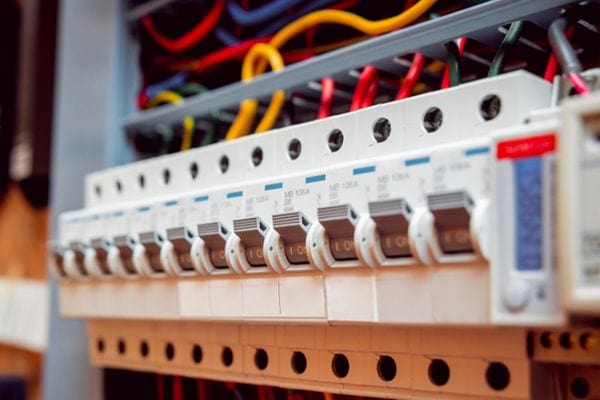News
Knowing when to grab your toolbox and when to call a professional licensed electrician from HomeOps can make all the difference in maintaining a safe and functional home.
Continue ReadingAre you frustrated with your Huntington home’s high electrical bills? Finding ways to lower your carbon footprint could benefit both your wallet and the planet!
Continue ReadingAs New York days grow longer and the weather warms up, you likely will spend more time in your Smithtown backyard sprucing up the garden, having fun with your family, or just kicking back and relaxing.
Continue ReadingWhile there is no one-size-fits-all solution, you can trust HomeOps to find the best generator for your Islip, New York, home
Continue ReadingLosing power in your Huntington home is bad enough, but voltage spikes that may occur after the utility company restores electricity can be catastrophic. Excessive voltage can damage your electrical system, devices, and appliances.
Continue ReadingIf you notice a persistent smell resembling the scent of burning plastic, it could be a warning sign that something suspicious is going on with your electrical system.
Continue ReadingYour New York home may need more power as you replace fossil fuel-burning heating, ventilation, and air conditioning (HVAC) equipment and kitchen appliances with electric ones.
Continue ReadingWe can install, replace, or repair your EV charging station so that you can quickly charge your electric vehicle in the comfort of your New York home!
Continue ReadingAt HomeOps, we maintain, repair, and install generators that automatically switch your home’s electrical panel from utility company-supplied power to generator power when an outage occurs.
Continue ReadingAt HomeOps, we strive to offer practical solutions for our Huntington customers to keep you and your loved ones comfortable, healthy, and safe throughout the year. Here are a few tips to keep in mind before you pour your next glass of eggnog.
Continue Reading









